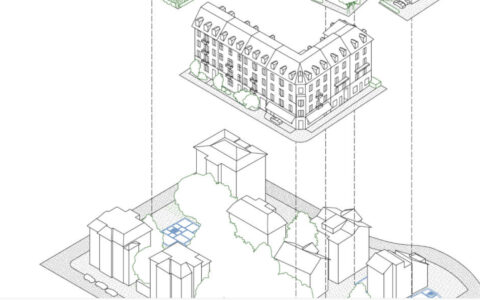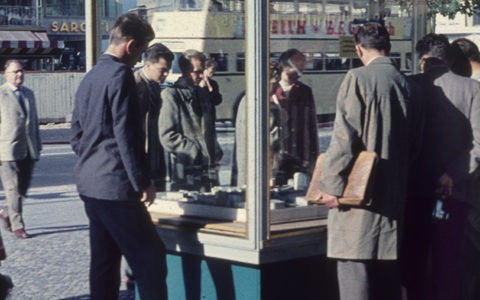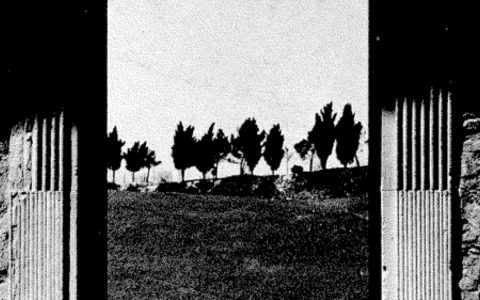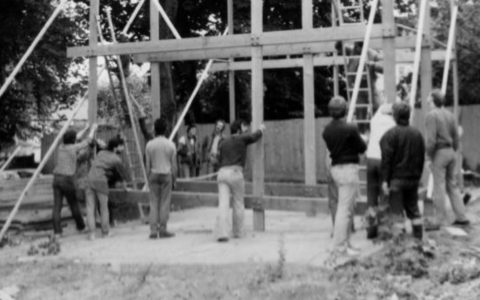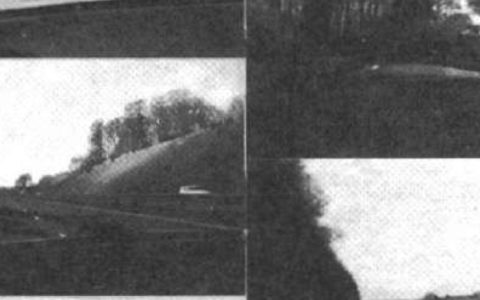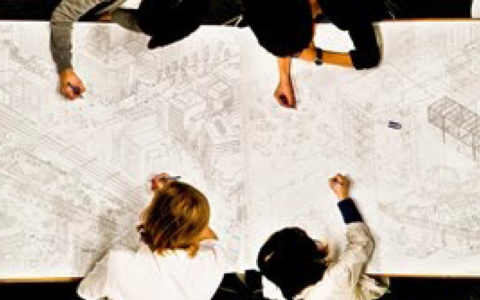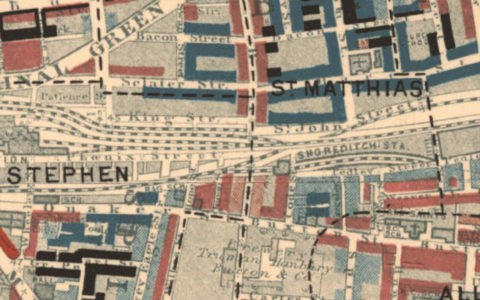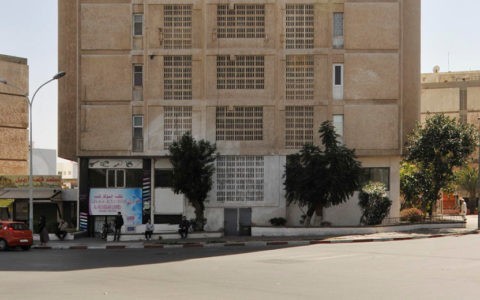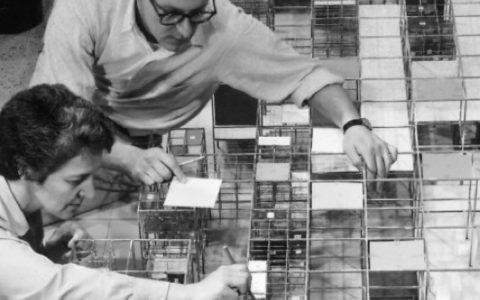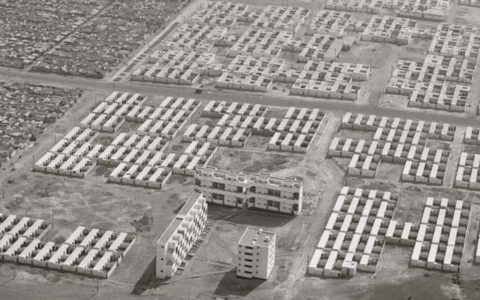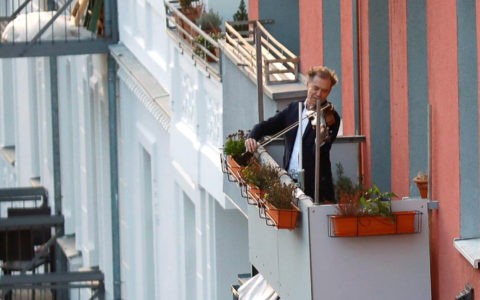Prof. Dr. Tom Avermaete | Histoire et théorie de l’urbanisme
Unlocking the ‘Contact Zone’. Towards a New Historiography of Architecture
This research project seeks to develop a new method of writing the history of post-WWII architecture, reflecting the complexities of globalisation and its influence on the built environment. The project investigates an alternative historiographic approach by organising history around cross-cultural ‘contact zones’. This term was first used by comparative literature scholar Mary Louise Pratt, who defined contact zones as ‘social spaces where cultures meet, clash and grapple with each other, often in highly asymmetrical relations of power’. This study uses the concept of contact zones as the basis for exploring moments in time and space in which a productive exchange of architectural ideas took place. Along with friction and incomprehension, these encounters produce, ‘exhilarating moments of wonder, revelation, mutual understanding and new wisdom,’ as Pratt put it. The long-term goal is to analyse and evaluate different types of contact zone exchanges in architecture culture and to assemble them into a global schema. A history organised around architectural contact zones, such as conferences, exhibitions, building expositions, summer schools, cross-cultural classrooms, international offices, and emergency aid programmes, is a much more dynamic, inclusive, and accurate historiography than the conventional static descriptions of buildings, single architects, or unidirectional knowledge transfers.
In the first part of the research project, I will undertake a meta-theoretical study of ‘contact zones’, examining their significance in the field of architecture. I anticipate that through engagement with new supervisors and their respective fields of expertise, I will be able to situate the contact zone methodology alongside other alternative modes of history writing, such as translation studies, migration studies, entangled histories, and comparative urbanism. In the second part of my research, I will expand my knowledge of the operational aspects of architectural contact zones. I will explore further how architectural contact zones are established, accessed and maintained and how they operate and resonate within local architecture cultures. In addition, by analysing the actors, themes and positions taken in contact zones through a particular lens, a gendered lens, I will explore to what extent the method also offers an innovative way of re-inscribing women into the history of architecture.
The historiographic method explored in this project is expected to change the way architectural historians view the circulation of architectural ideas and their effect on the built environment. Far more accurate than existing histories of architectural modernism, the new method will lead to a greater recognition of architecture as a cross-cultural, multidisciplinary, and multi-authored undertaking, acknowledging contributions made by those commonly marginalised. At the same time, this project will extend the writing of global histories in new directions.
